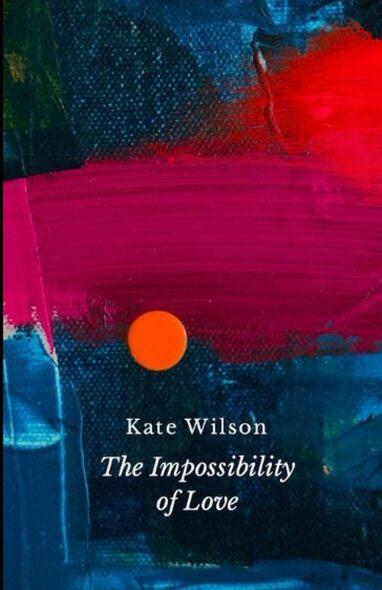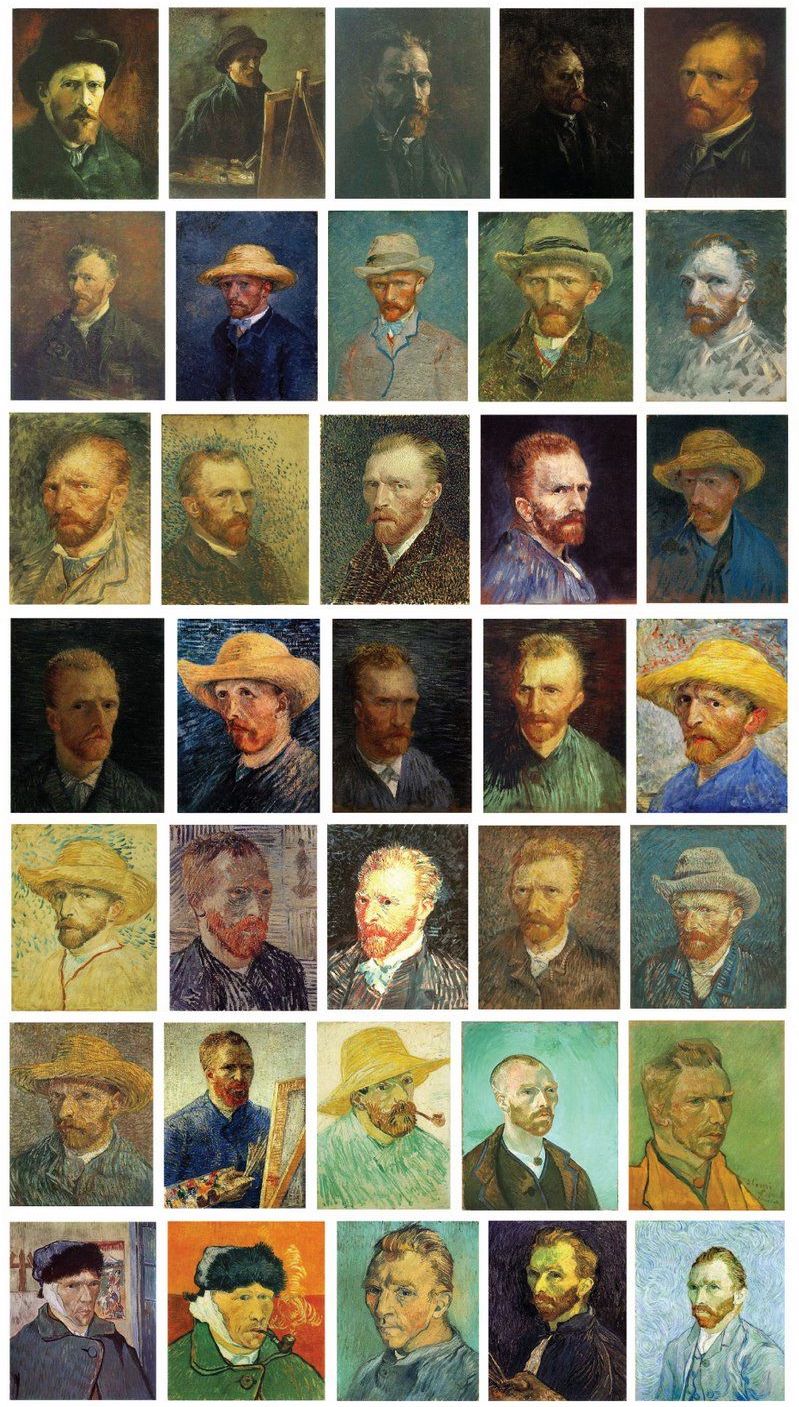|
The Impossibility of Love, by Kate Wilson Independently published, 2023 Click on image above to view or purchase on Amazon. Interview with Kate Wilson on The Impossibility of Love The Ekphrastic Review: Van Gogh is the most “ekphrasticized” of all the artists. Why do you think that is? Why did you choose to write about Van Gogh’s work? Kate Wilson: I think the fact his paintings have become so popular over time and he’s been commercialised has played a part in the number of creative pieces that draw inspiration from his work. In the UK and around the world there have been several different immersive gallery experiences in recent years which explore his troubled life and I think his personal story; his suffering and tragic death also compound this interest. But then again, I don’t think people would be so inspired by his works were they not beautiful. There is something about those vivid colours which makes them incredibly appealing. For me personally, I chose to write about Van Gogh because his paintings meant something to me. As a child I painted my own version of the sunflowers and my grandmother bought me a print of them shortly after in an effort to encourage me. She was a painter herself and Van Gogh’s sunflowers are tied up with my memories of her. The Ekphrastic Review: Colour is naturally a recurring theme or inspiration in these poems, as it was for Van Gogh’s paintings. Tell us a bit about your relationship with colours in general. Tell us something, too, about the way Van Gogh used colour that you find especially moving. Kate Wilson: For me, colour helps articulate mood and emotional state and has often been important in my writing. When I was looking at Van Gogh’s paintings, particularly his self portraits which show the evolution of his style and use of colour over time, it seemed there was a correlation between the vividness of his work and his own mental turmoil. It felt to me like his way of seeing the vibrancy and beauty of things came at a great cost to him and I found this incredibly sad. I’ve tried to capture this in the collection. The Ekphrastic Review: Tell us about how you chose which paintings to write about. What surprises did you find along the way? Kate Wilson: There were some paintings I knew I wanted to write about from the outset, simply because I liked them and they’re significant paintings of Van Gogh: Sunflowers, Starry Night and Café Terrace at Night. However, I tried to be open minded about the others and used the process as an opportunity to explore and get to know more of his paintings. I had no idea Van Gogh has painted anything particularly wintry for example, so enjoyed taking Landscape with Snow and Snow-Covered Field (after Millet) as starting points to explore a different season of Van Gogh’s work and add some variety to the poems and setting. The Ekphrastic Review: What was your process like? Tell us what poetic contemplation of the art looked like for you. What was the evolution of these poems like? Kate Wilson: Some of the poems began as a free writing exercises, so I’d have the painting in front of me and just get into a flow as the ideas came to me, almost as though I was mimicking the process of painting I imagined Van Gogh to have. I knew I wanted to do something which explored the artist’s life and pain but that I still wanted the poems to feel personal, so I had this in mind while writing. Then the process of refinement and editing took several months, as I tried to shape the collection and ensure I still captured some of the energy I was hoping to by writing this way. As I mentioned earlier, I was open minded about the paintings I explored and actually wrote a lot of material on other works which didn’t make it into the pamphlet. The Ekphrastic Review: What interesting things about Van Gogh did you learn while working on this collection of ekphrases? Kate Wilson: As I was working on the poems, I dipped in and out of the book of letters between Van Gogh and his brother Theo. Probably my most interesting discovery was that Van Gogh was a beautiful writer himself. When he was buoyant and feeling positive about his work and life, his letters were poetic and his phrasing beautiful, especially when he wrote about colours. In my poem, “Hallowed Ground”, I used the phrase “lemon green” and this was borrowed from a letter of his. The Ekphrastic Review: Which poem in this collection surprised you in some way? I think “Thirty-Six Self Portraits” is the poem which surprised me the most. When I started writing I didn’t know where it was going and I didn’t expect it be an overview of his life. As soon as I began to cut it down, it started to look like a retelling of his story, showing how he changed and how his suffering ultimately got the better of him. It’s also more imagistic and less narrative but somehow still has a lot to say. TER: Scroll down past the images to read this poem! Thirty-Six Self-Portraits You began in gold ruddy with light, though you never lost the frown You didn’t want to be seen obscured in coal felt hat, direct stare The picture of the artist as a sombre man Blue enters a crusade of strokes makes your expression unreadable There is one image where your eyes are not visible The man with three faces edges of eye sideways glare Yellow is an assault woven like wheat fields overflowing Borders are sharp like your eyes piercing as a lemon grove You wear green for the first time jaded, taken prisoner by yourself You try to capture your hunger sunken eyes, hollow hours in pursuit of perfection Lost in a foreground which grows and expands in sand and brown How sometimes you drink to forget but it’s pastoral Hunched from nights of plenty shrinking under eyes of shifting hue Blanketed in brilliant white bandages Vivid relentless blue waves and swirls which grow definitions A shadow that follows and follows Kate Wilson
0 Comments
Your comment will be posted after it is approved.
Leave a Reply. |
The Ekphrastic Review
COOKIES/PRIVACY
This site uses cookies to deliver your best navigation experience this time and next. Continuing here means you consent to cookies. Thank you. Join us on Facebook:
July 2024
|





